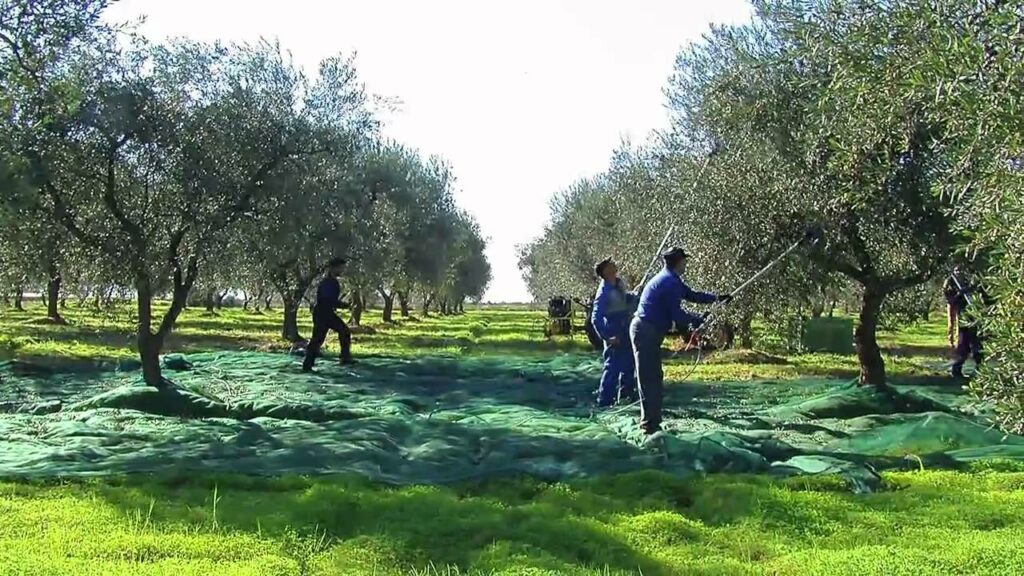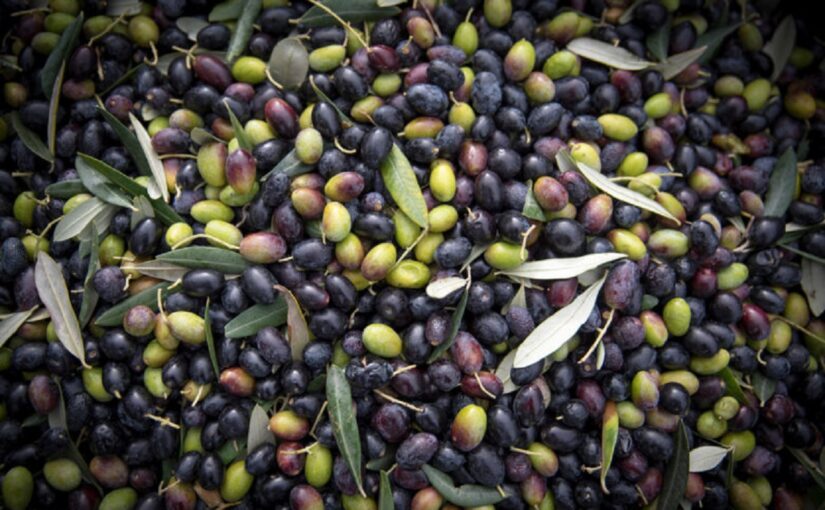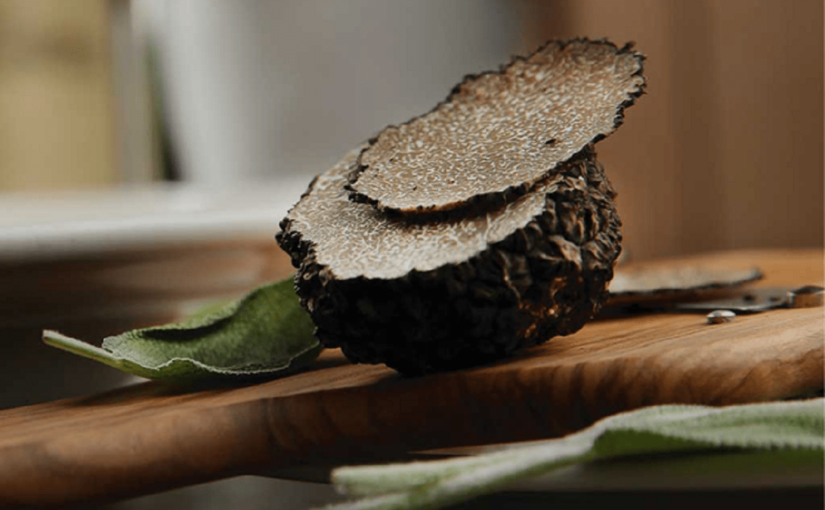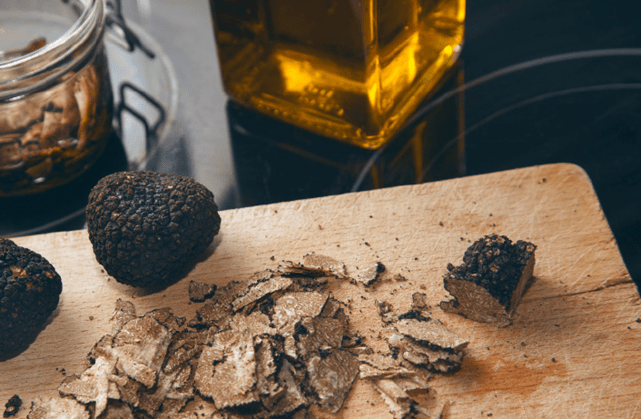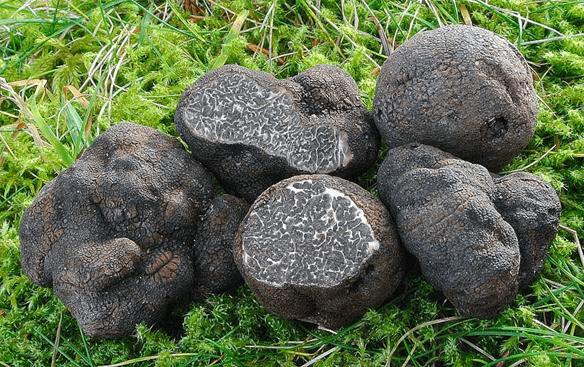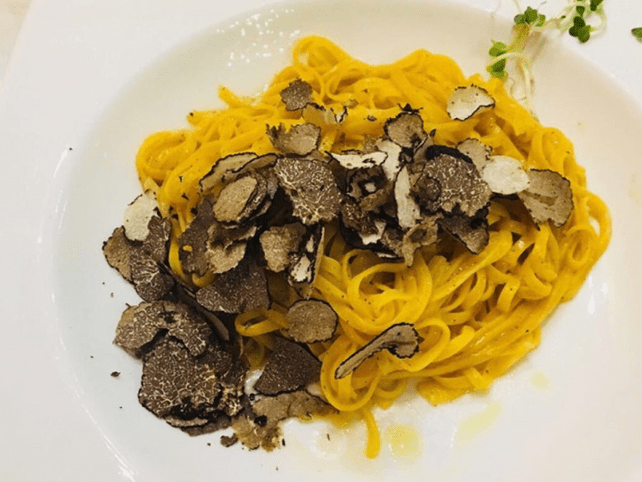3.11.2023
Calabria is a land rich in history, culture and traditions, but also in quality agricultural products.
Among these, the pennulara olive stands out, a native cultivar that grows in the upper Crotone area, between the municipalities of Caccuri, Cerenzia, Castelsilano and Cotronei.
HISTORY
The “Pennulara” is a unique Calabrian olive, for taste and healthiness.
The pennulara is an ancient variety, which dates back to the Middle Ages, when the Basilian monks introduced it to the area. Its name derives from the pendulous shape of the plant, which produces elongated, black fruits when fully ripe.
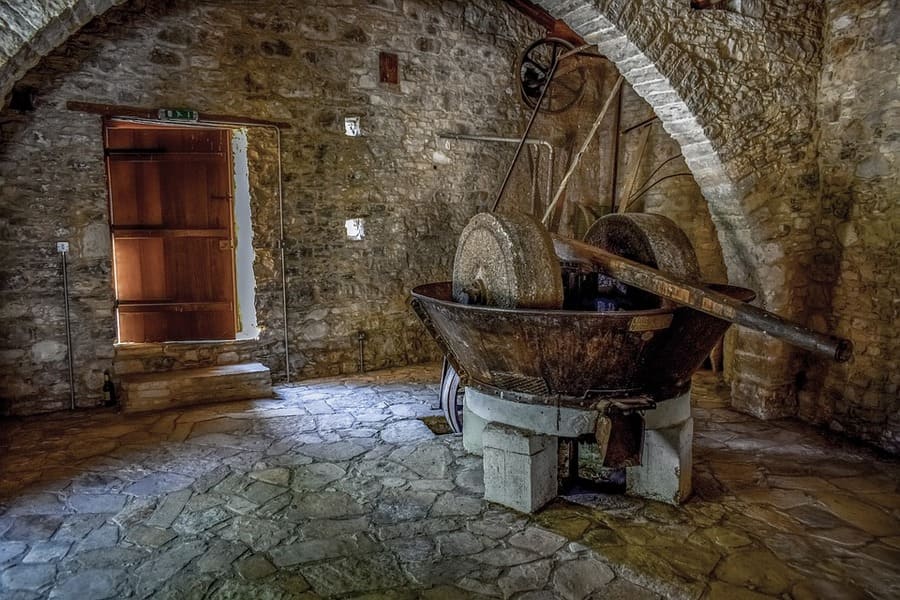
GASTRONOMIC FEATURES
The pennulara has a dual predisposition: for oil and for food. The oil obtained is one of the components of the Alto Crotonese DOP Extra Virgin Olive Oil, a product of excellence that stands out for its intense fruitiness, with hints of artichoke and mowed grass.

SMAF LTD
Explore our products, coming from CALABRIA. Order the food and beverage products that allow you to explore the Mediterranean diet of a remarkable region. Surrounded by two seas and adorned with pine forests, mysterious villages, natural habitats, and rich biodiversity. Discover handcrafted delicacies that embody the soul of the land: sun-ripened fruits, premium olive oils, bold wines, artisanal cheeses, and traditional cured meats, all crafted with passion and authenticity.
NUTRACEUTICS
But pennulara is not only good, it is also healthy. In fact, several scientific studies have shown that this cultivar has nutraceutical properties, that is, beneficial to the health of those who consume it.
In particular, pennulara is rich in polyphenols, antioxidant substances that fight free radicals and prevent cellular aging.
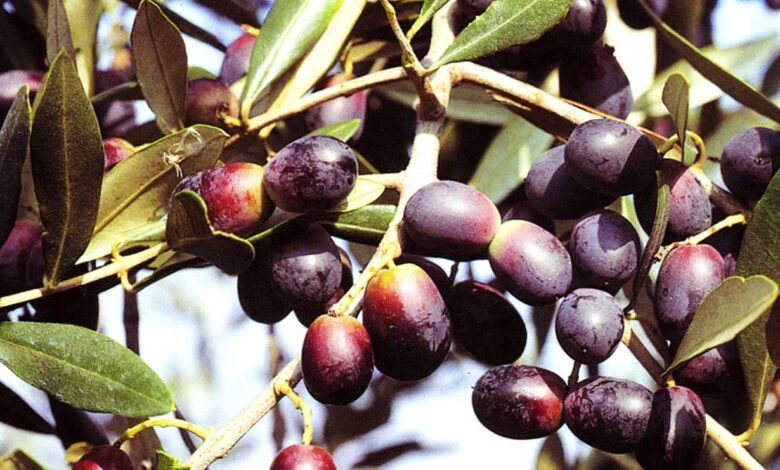
ECONOMY
Pennulara olive oil producers recently born have the aim of promoting the quality and typicality of the cultivar, but also of creating a network between local agricultural businesses and to give a new narrative for this land and its potential. The pennulara is therefore a symbol of Calabria, a region that has been able to preserve its traditions and peculiarities, but which also looks to the future with innovation and entrepreneurship. An olive to discover and taste, to appreciate the flavor and benefits of a genuine and natural product.
